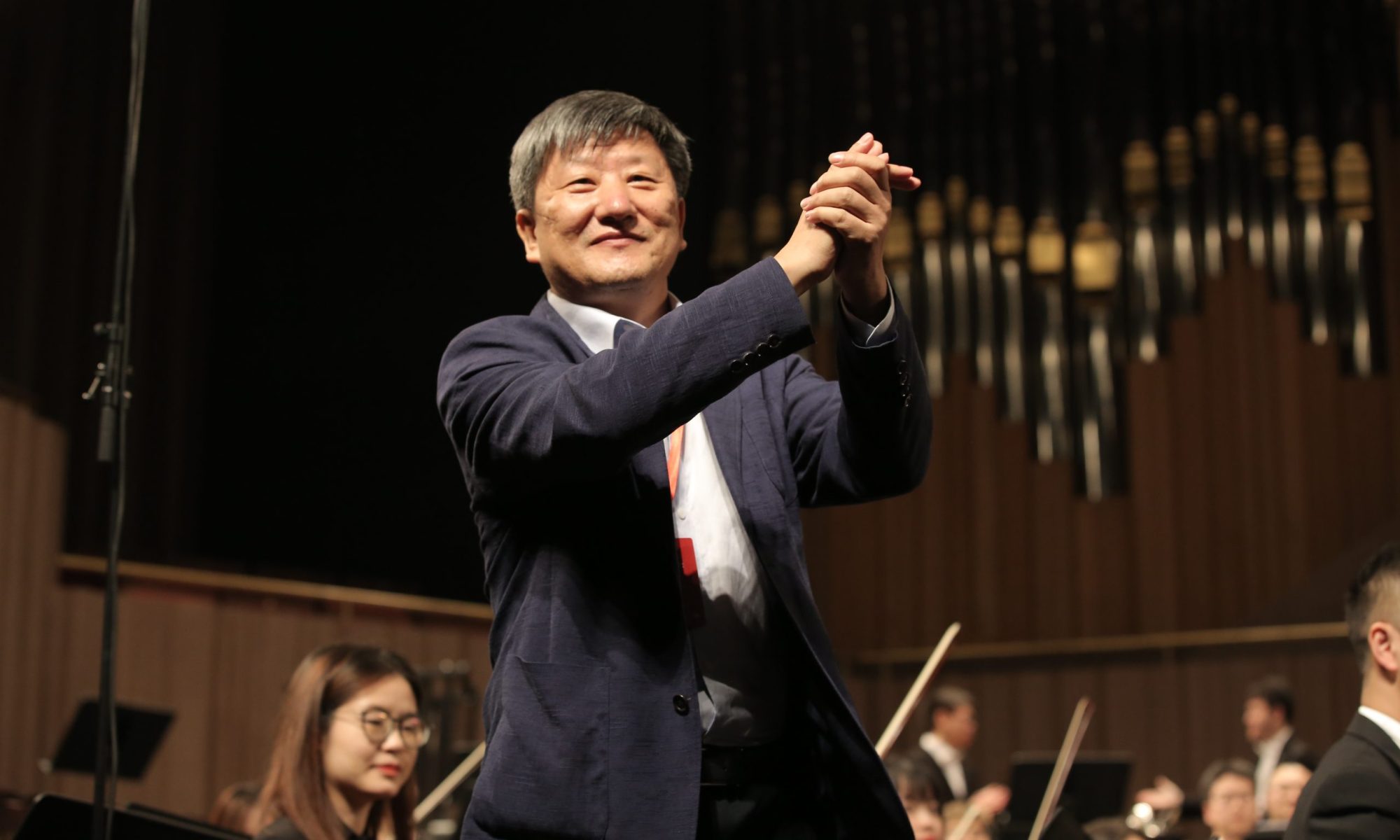” Mei” (1995) – for harp and electronic music
竖琴:莱恩•山端 (日本)
本曲曲名和陆游的“卜算子·咏梅”一词相呼应。此阙词亦是这部作品试图透过音乐用意象来表达的内容。
“驿外断桥边,寂寞开无主。 已是黄昏独自愁,更著风和雨。
无意苦争春,一任群芳妒。 零落成泥碾作尘,只有香如故。”
本曲是基于严密控制与机遇选择——两个似乎相互矛盾的原则而创作的。通过电子合成器将音乐元素材料输入到计算机中,再由计算机将输入的各种音响参数加以改变,产生出几十种相互关系不同的机遇化音响模式,最终确定出16种音响模式构成全曲。
竖琴在此曲中担当主奏者,织体的写作追求中国传统乐器古琴与古筝的韵味,对律动与节奏的控制,以彰显“散”“慢”的特征为主。在作品中,电子音响声部的存在始终传递着一种心理以及外在的空间,用以衬托音乐主体。
本曲于1995年9月在参加斯图加特第三届国际现代音乐暑期班期间完成。首演于当年9月斯图加特“现代与实验音乐会”。
Harp:Reine Yamahata (Japan)
The title comes from Luyou’s poetry “Pusuanzi – Yong Mei “. The verse is just what the piece tries to express through the music image.
“驿外断桥边,寂寞开无主。 已是黄昏独自愁,更著风和雨。
无意苦争春,一任群芳妒。 零落成泥碾作尘,只有香如故。”
(Nearby the bridge, wintersweet is blooming alone. When night comes on, she feels unheeded, and yet suffered from the storm. Plum blossom does’t want to be the queen and no cares about the envy from others. In spite of the falling, mixing with the soil, and turning into the dust, it is full of the fragrance.)
This piece is composed according to two seemingly contradictory principles – the tight control and the opportunity selection. Using the electronic synthesizer to input the music materials into the computer, and change them in the digital audio workstation in order to produce dozens of different sound, ultimately, select 16 of them to constitute the whole piece.
Harp is the main instrument in it, texture writing aspired the charm of traditional Chinese instruments Guqin and Zheng. Therefore, the control for rhythm and tempo basically focus on “casual” and “slow”. The presence of electronic sound always convey a psychological and external space, which plays the role of a susceptor to support the main music.
This piece was completed during the period of Third International Contemporary Music Summer Class in Stuttgart, in September, 1995. It premiered on this year 25th September at “Modern and Experimental Music Concert” in Stuttgart.
